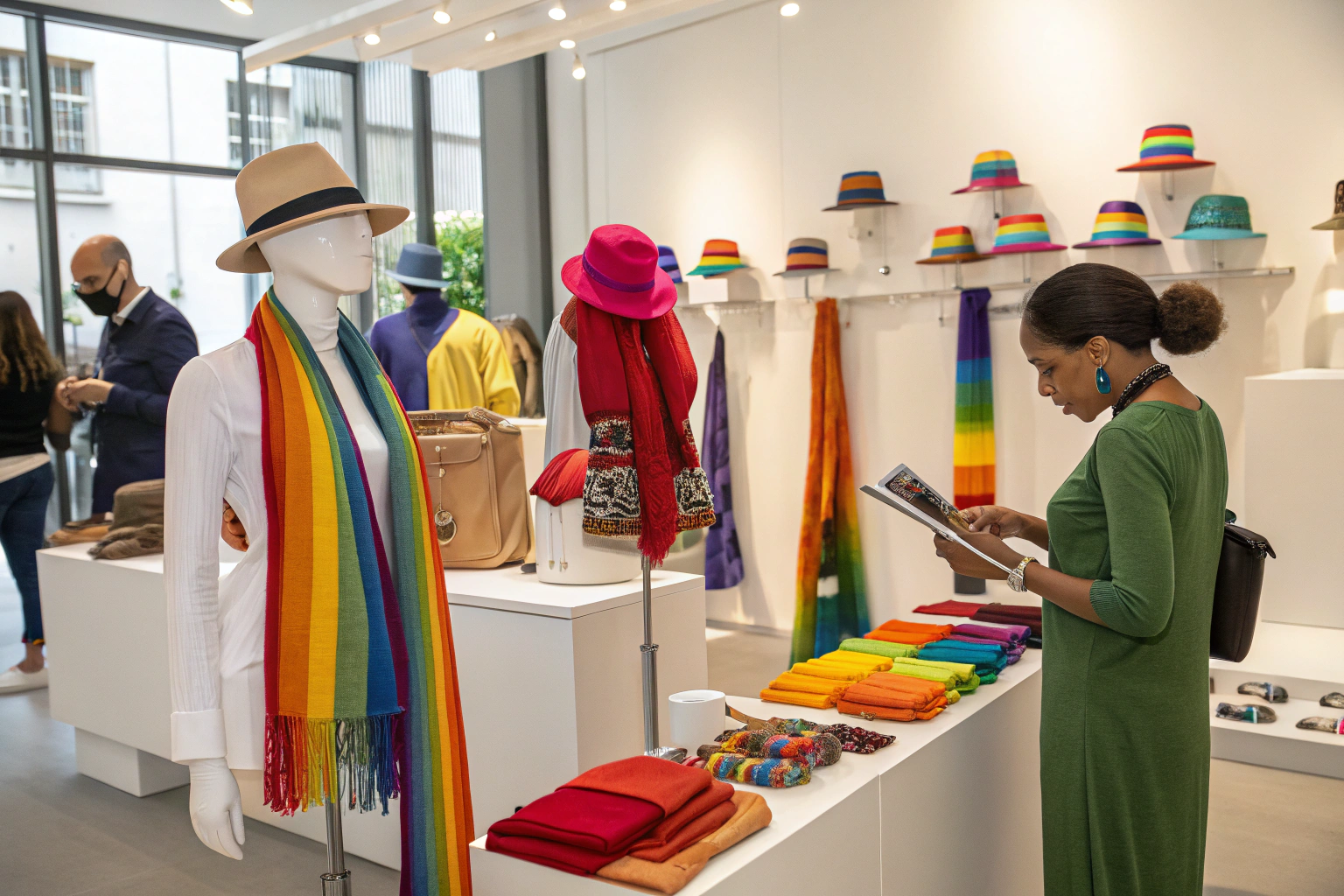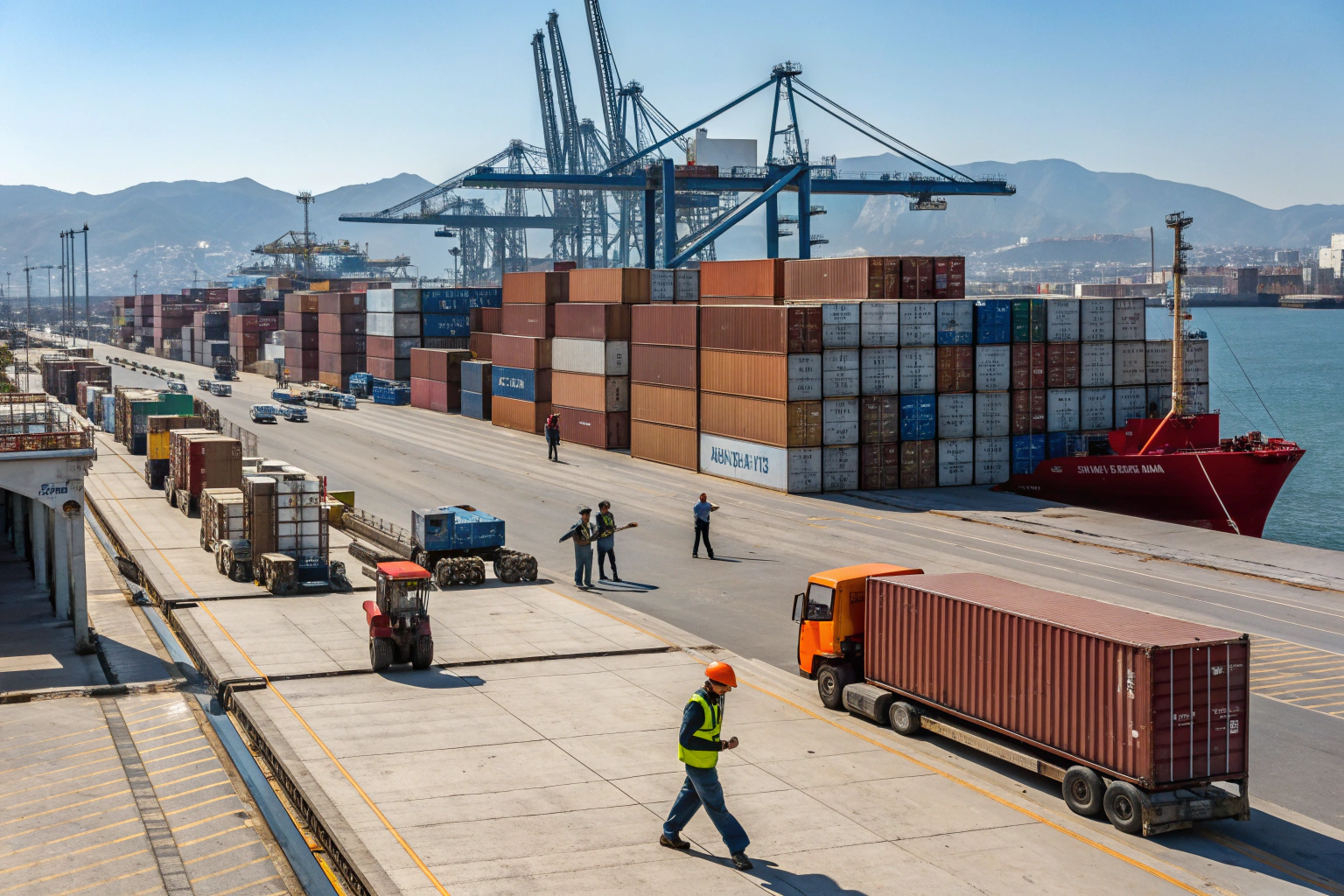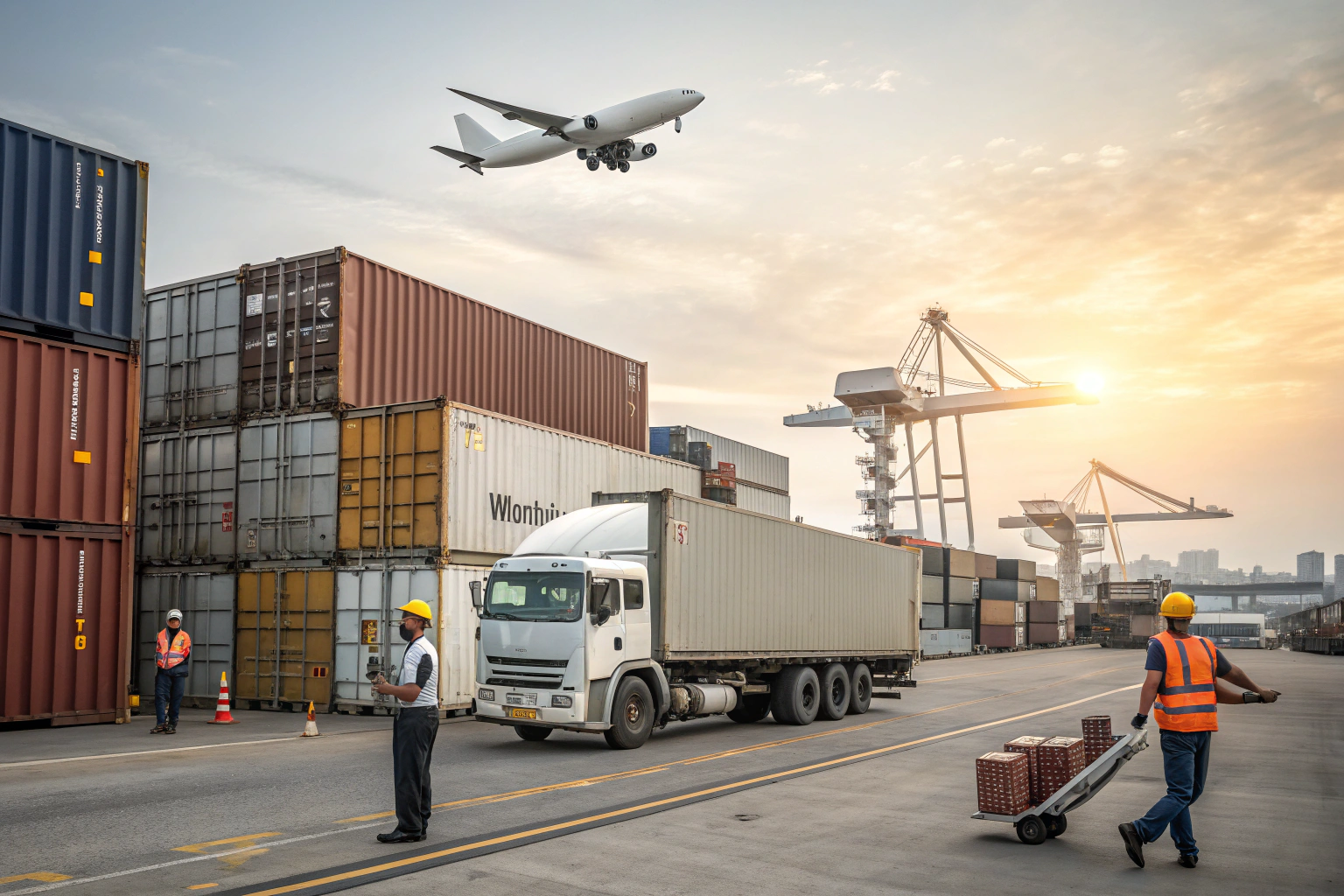The fashion world is no stranger to drama—and that extends beyond the runway. When it comes to shipping oversized fashion accessories like wide-brim hats, chunky scarves, voluminous capes, or decorative umbrellas, manufacturers and retailers often face unique challenges. These pieces are stylish and in-demand, but they don’t always play nice with freight schedules or shipping budgets.
Shipping oversized fashion accessories introduces complications in freight cost, packaging, customs compliance, and even environmental regulations. If handled poorly, it can erode profit margins and delay delivery timelines.
In this article, I’ll share insights from my firsthand experience at AceAccessory, where we’ve helped global buyers in the U.S. and Europe navigate the quirks of oversized accessory logistics. Let’s walk through what makes these items complicated and how to overcome every hurdle.
What Makes Oversized Accessories Harder to Ship?
Oversized accessories are stylish, but they come with baggage—literally.
The oversized shape and delicate materials of fashion accessories like wide-brim hats or embellished scarves make them vulnerable during transport and more costly to move through traditional shipping channels.
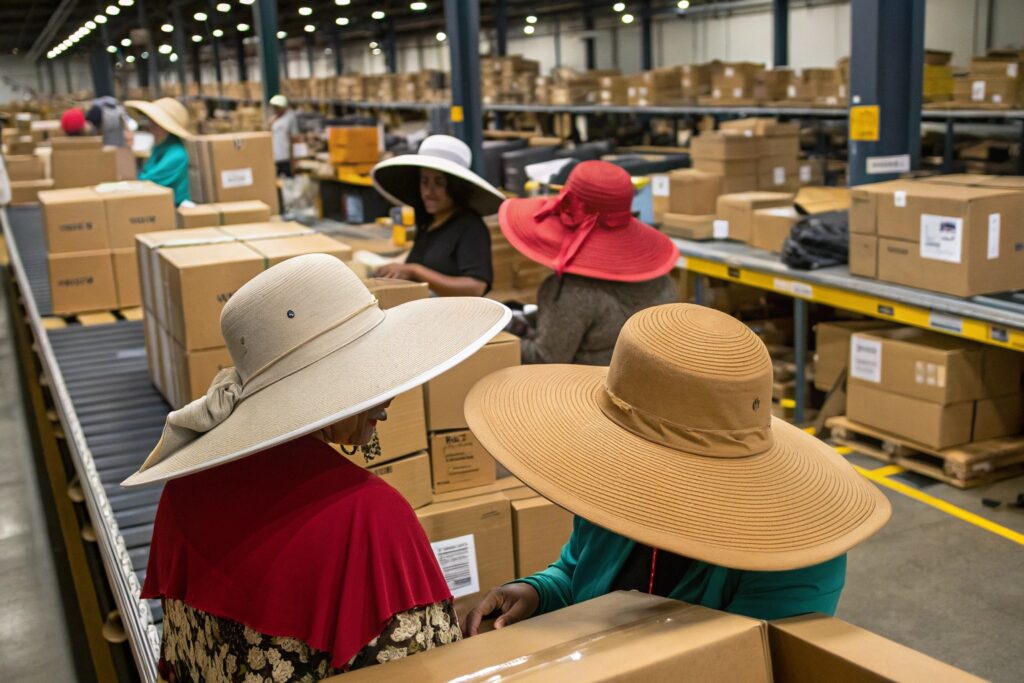
Why Do Volumetric Weights Inflate Costs?
Many buyers are surprised when lightweight items rack up sky-high freight charges. This is due to volumetric weight pricing—a formula couriers use when an item’s size takes up more space than its actual weight.
A wide felt hat weighing just 250 grams might be charged as 4kg due to its bulky volume. Couriers like FedEx and DHL both apply dimensional weight for international shipments. This often makes air freight uneconomical.
How Do Irregular Shapes Create Packing Wastage?
Oversized accessories don’t stack easily. A pile of fluffy winter scarves or sculpted hairbands creates uneven layers that waste box space. That means more cartons, more void fill, and higher costs.
We’ve worked with packaging engineers to develop modular inserts for oddly shaped goods. This prevents damage and maximizes volume without crushing the item’s design.
How to Choose the Right Shipping Method for Bulky Goods?
Different shipping methods offer different tradeoffs.
For bulky but light accessories, ocean freight offers affordability, while air freight offers speed but at a premium. Choosing the right method requires balancing cost, urgency, and item fragility.
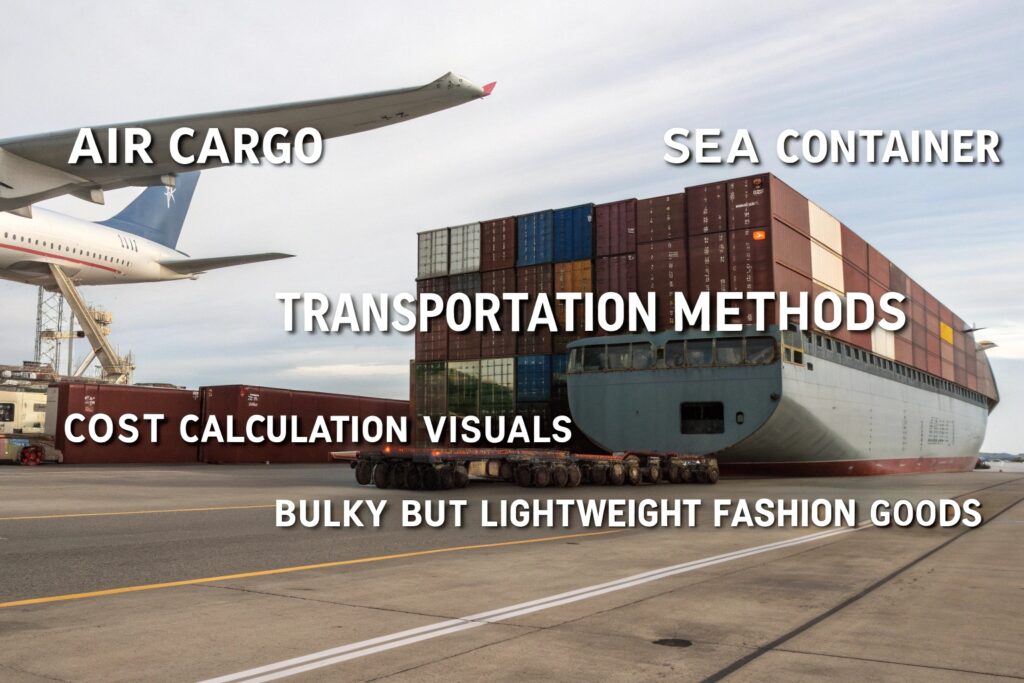
When Is Ocean Freight Better?
For large-volume shipments with flexible delivery timelines, LCL (Less-than-Container Load) or FCL (Full Container Load) ocean freight is usually best. The cost per cubic meter is lower, and packages can be palletized for safety.
We recently helped a U.S. department store chain import oversized scarves using FCL to reduce per-item freight cost by 53%. You can explore the benefits of LCL on Maersk and CMA CGM.
What Are the Risks of Air Freight?
Air shipping is faster, but carriers charge by size, not just weight. Plus, items like wide-brim hats need careful internal bracing to avoid deforming during turbulence. We only recommend air freight for small-quantity, urgent orders of oversized goods.
What Role Does Packaging Design Play in Reducing Damage?
Great packaging can make or break the delivery experience.
Proper internal packaging reduces return rates and protects fragile embellishments on items like decorative hairbands, fashion gloves, or straw hats. Custom inserts and reinforced corners are often essential.
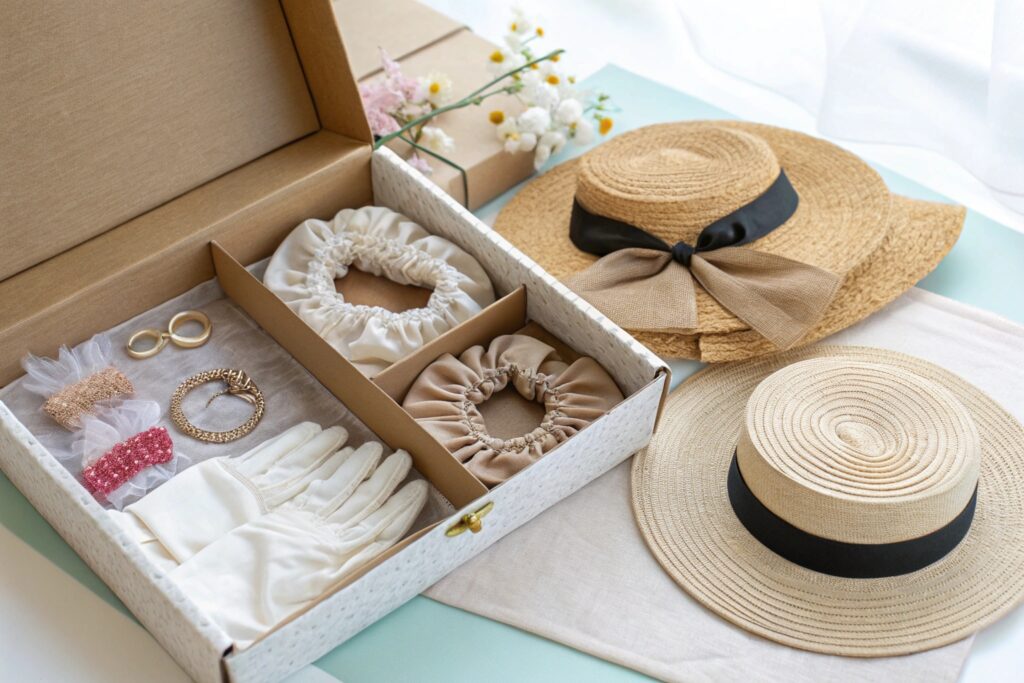
What Are the Best Materials for Protective Inner Packing?
Soft void fillers like kraft paper rolls, molded pulp, or EPE foam are best for stabilizing oversized accessories without damaging surface textures. For example, we ship rhinestone-studded shawls in custom cavity trays lined with satin wrap.
Brands like Ranpak and Pregis offer sustainable protective packaging for delicate, large fashion goods.
How to Reduce Carbon Footprint with Sustainable Packaging?
Using recyclable materials like corrugated trays or compostable fillers helps reduce the carbon footprint and align with eco-certification standards. More and more buyers are asking for FSC-certified packaging as part of their CSR programs.
Are There Customs and Compliance Hurdles for Oversized Items?
International shipping isn’t just about boxes—it’s about bureaucracy.
Customs clearance for oversized items often involves added scrutiny, especially if the accessory includes natural materials or mixed components that trigger additional checks.
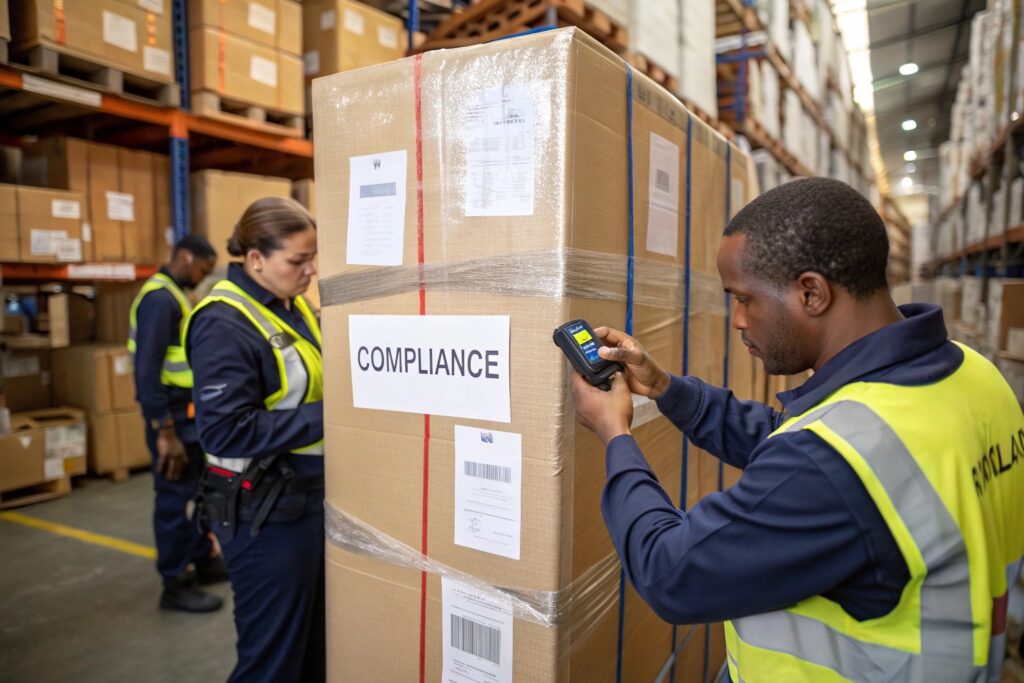
How to Classify Oversized Accessories in HS Codes?
Getting the correct Harmonized System (HS) Code is crucial. Misclassification of an accessory like a cape vs. shawl could result in higher duties. Some large hats also fall under different classifications based on brim size.
For reference, visit the official USITC Tariff Database or EU TARIC system to verify codes before exporting.
Are There Size Restrictions for Certain Countries?
Yes. Some postal services and freight forwarders have maximum dimension limits. For instance, the USPS won’t accept parcels exceeding 108 inches in combined length and girth. You can check USPS Oversize Limits or work with freight partners who specialize in “ugly freight” or non-standard loads.
Conclusion
Shipping oversized fashion accessories requires more than just a label and a box. From volumetric pricing and freight choices to packaging innovation and customs documentation, every decision impacts the customer experience—and your bottom line.
At AceAccessory, we’ve developed reliable logistics strategies to help our global clients ship even the most challenging oversized accessories with confidence. Whether it’s for major retail launches or seasonal promotions, we’ve got the knowledge, team, and infrastructure to deliver on time, every time.






